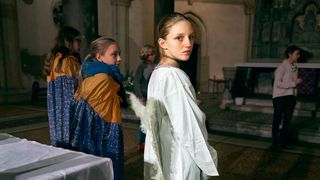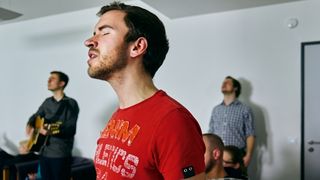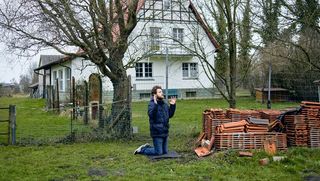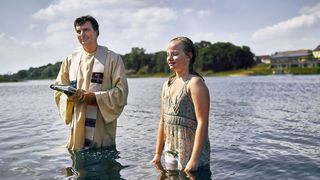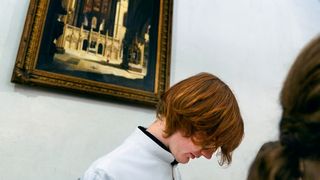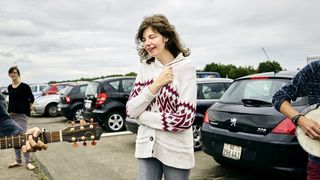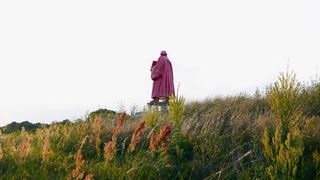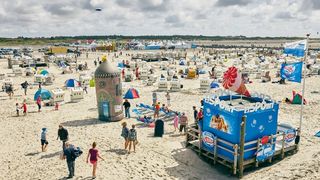Introduction
Five hundred years ago exactly, in 1517, Martin Luther shook the foundations of the Catholic Church’s power with his Ninety-five Theses. His actions triggered profound and lasting changes to Christian faith. Today, the Reformation shapes not just the ecumenical life of church communities, but also everyday life in many parts of Germany, Europe and other regions of the world. The Reformation movement itself began in the region of Central Germany, a region where religion today barely plays a role in many people’s lives. In Lutherland, church buildings stand empty; the number of people leaving the Church is growing; and Leipzig provides the venue for the largest esoteric Wave-Gotik-Treffen event in Germany, an annual world festival celebrating ‘dark’ music and arts. At the same time, right-wing populist and xenophobic factions supposedly founded on a ‘Judaeo-Christian world view’ are enjoying growing popularity.
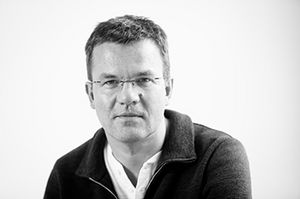
It is against this backdrop that, in October 2015, photographer Jörg Gläscher began travelling around the heartland of the Reformation and through other regions of Germany. On his search for the presence of Protestantism he encountered many people and landscapes where the ideas of Luther are still alive and well. His photographs depict snapshots of a faith that is practised and lived out. They capture situations of inwardness and contemplation as well as moments of communality and solidarity. The photo project is an invitation to reflect on the religious roots of the core values that provide the mainstay for our society’s cohesiveness.
Share
Photo Gallery
Supporters
The photo project was supported by:
Stiftung Kulturwerk der VG BILD-KUNST, Bonn
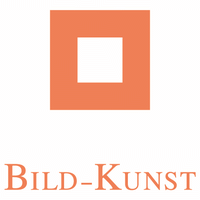
The exhibition was supported by:

